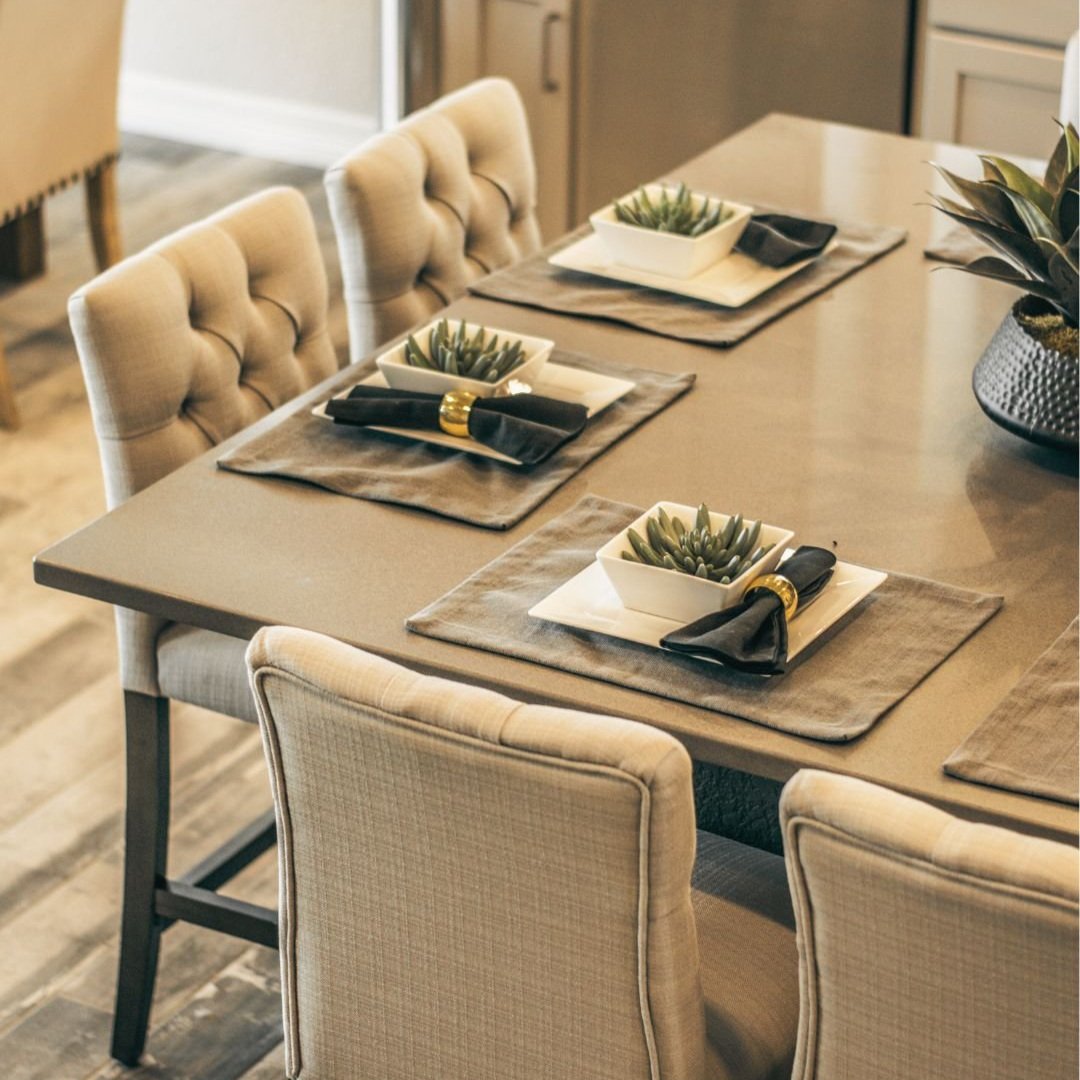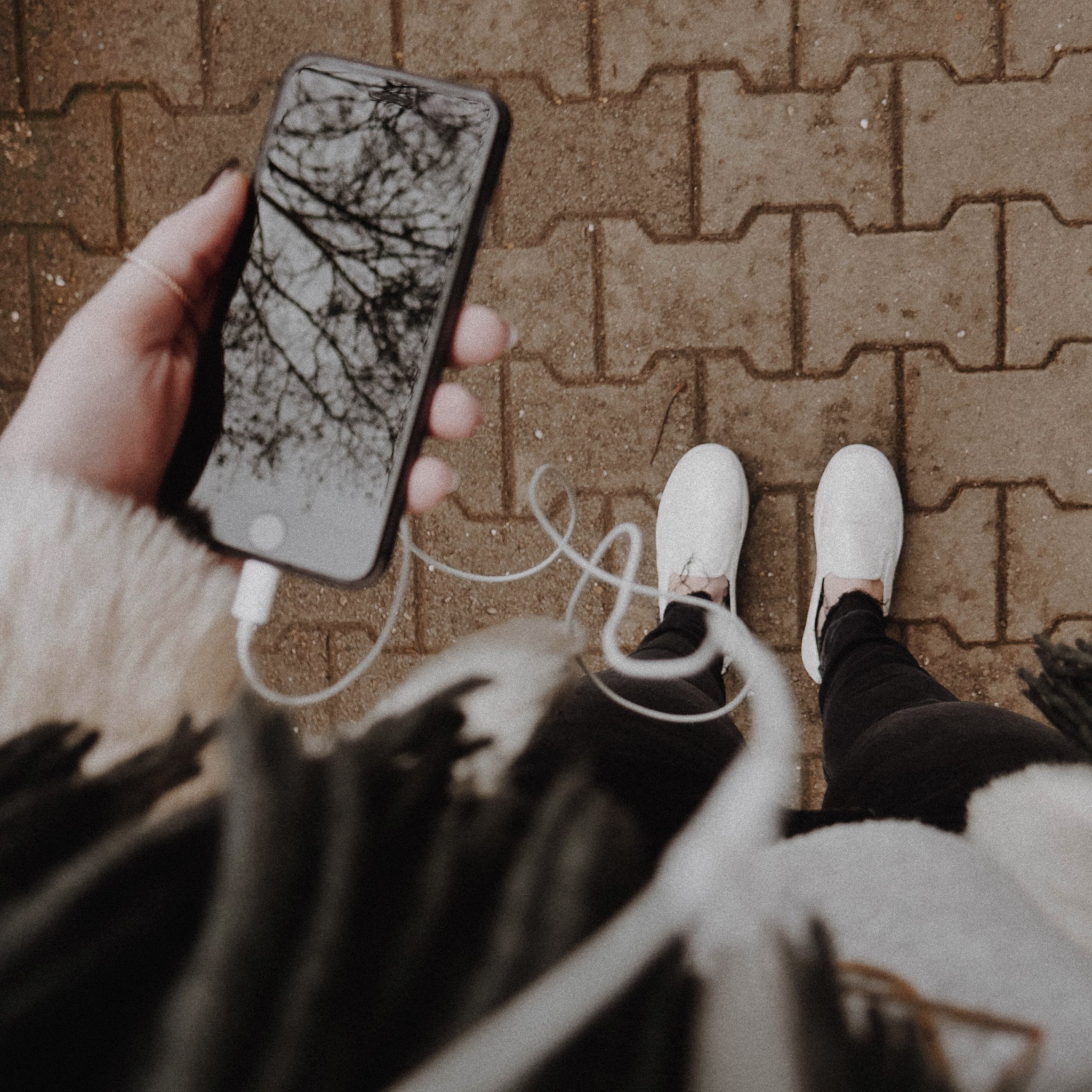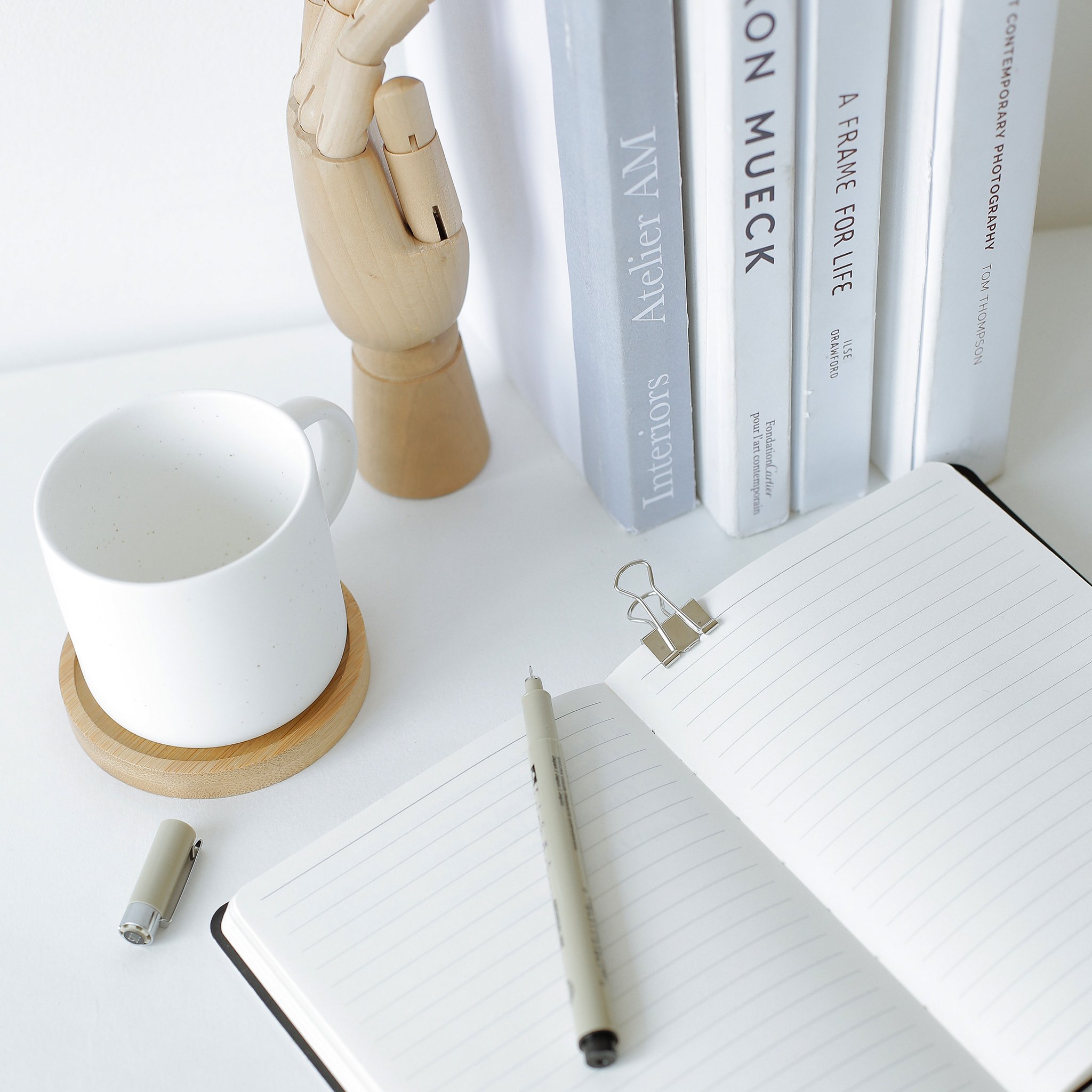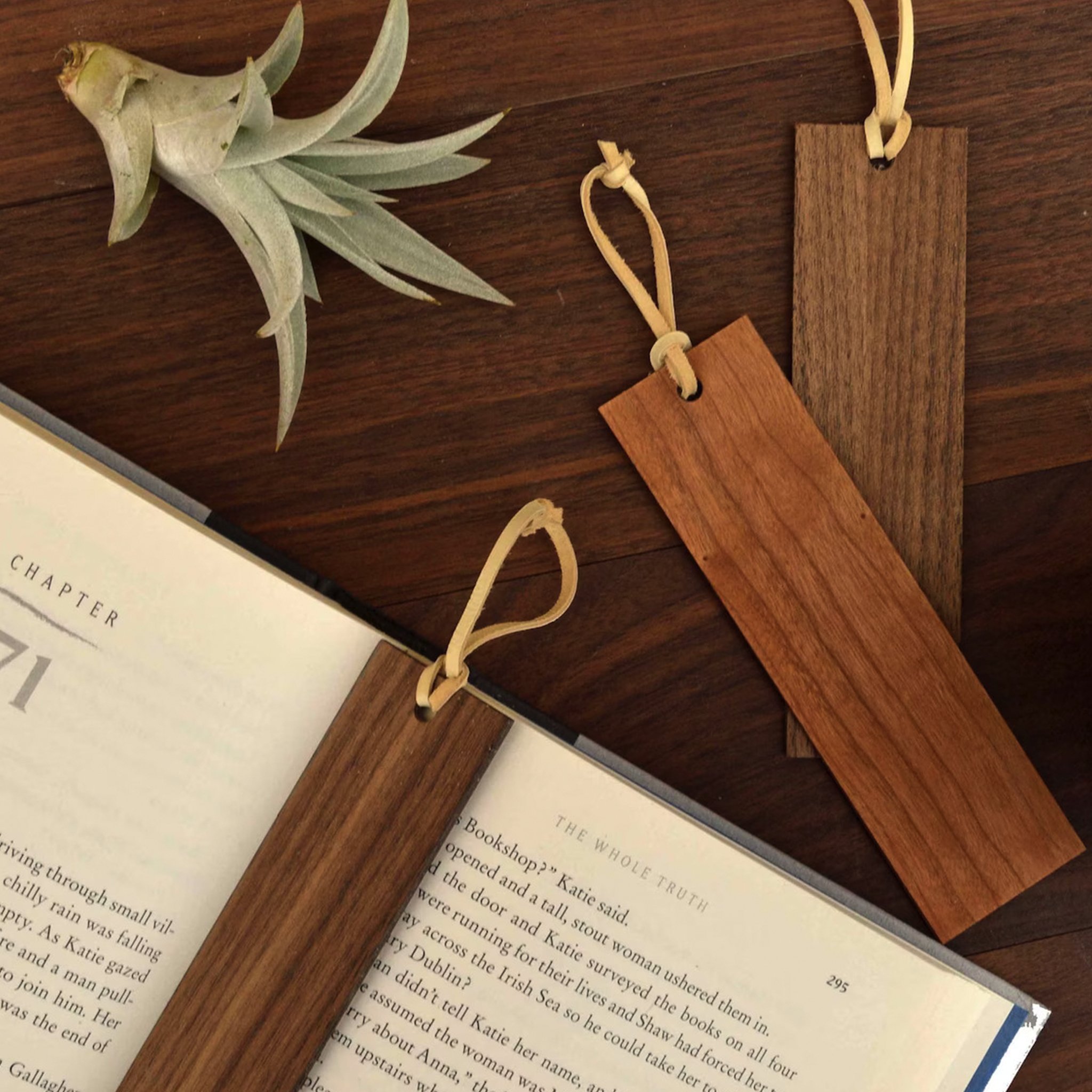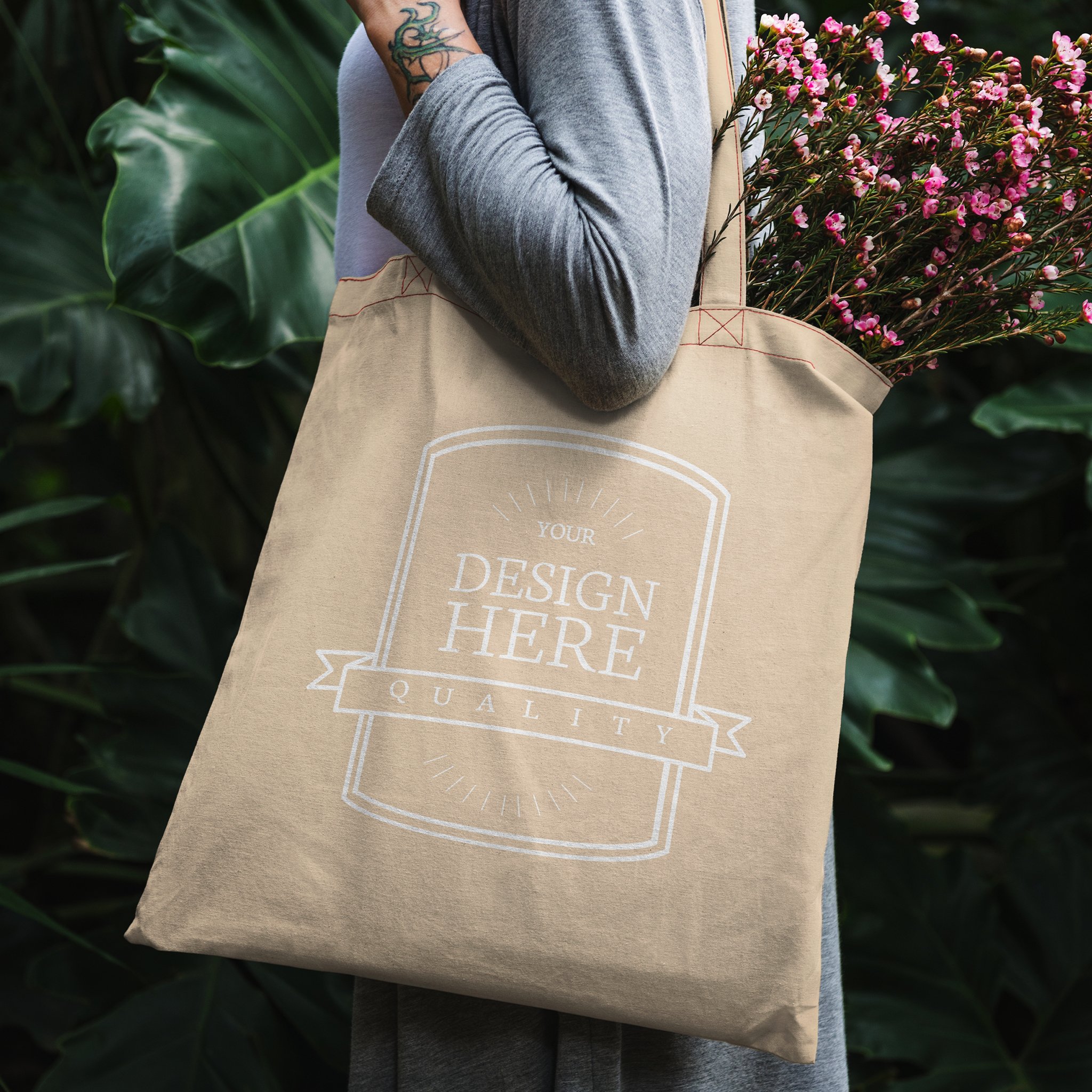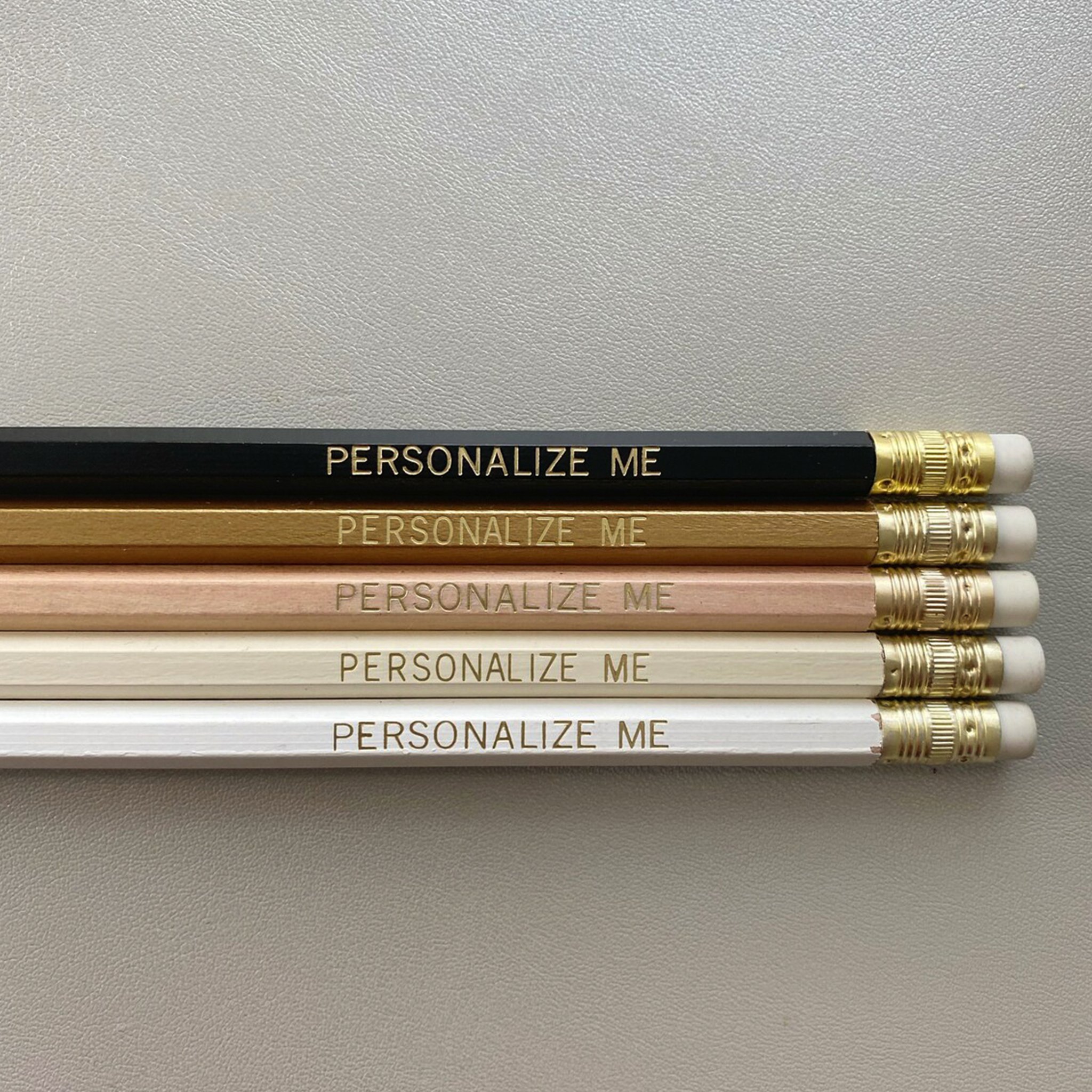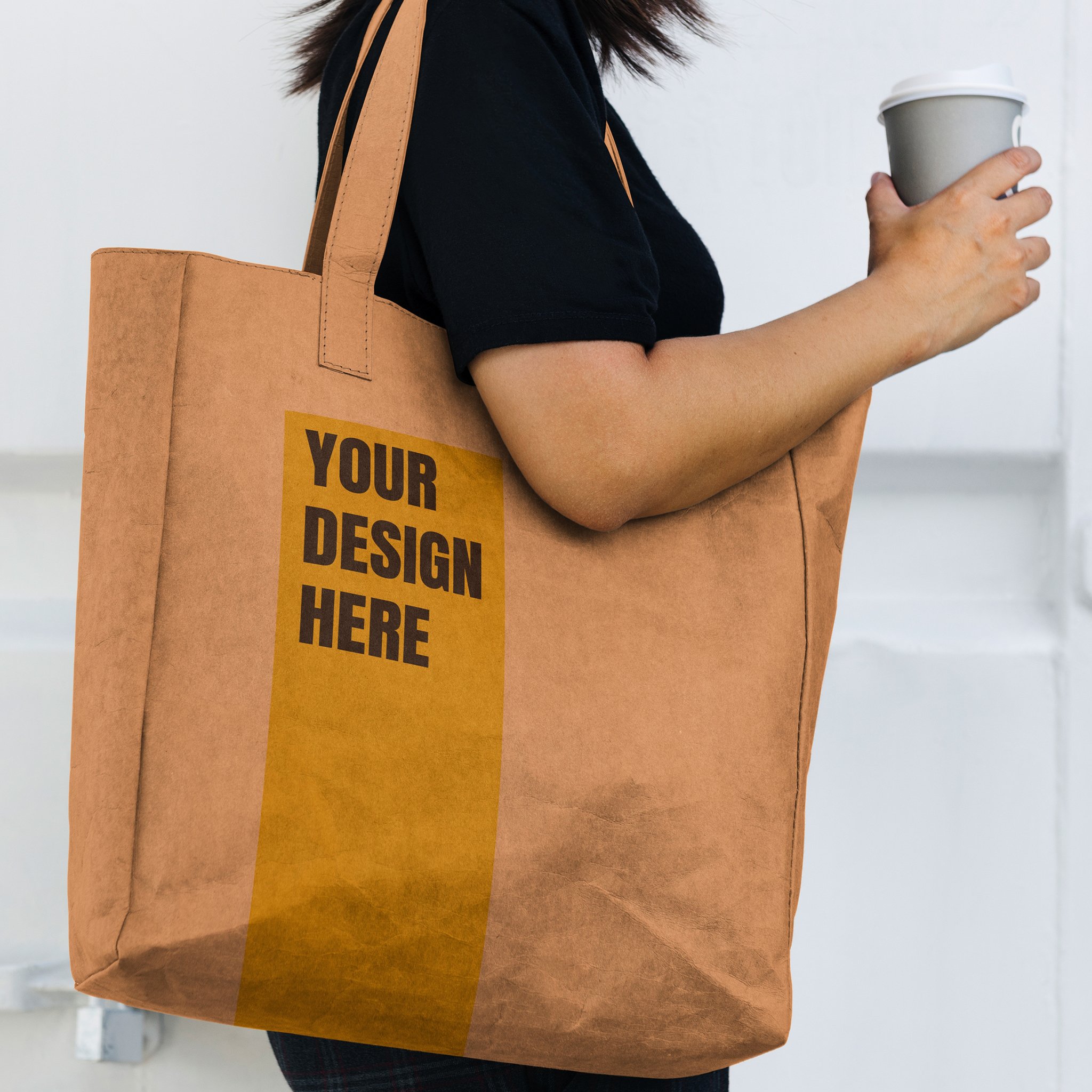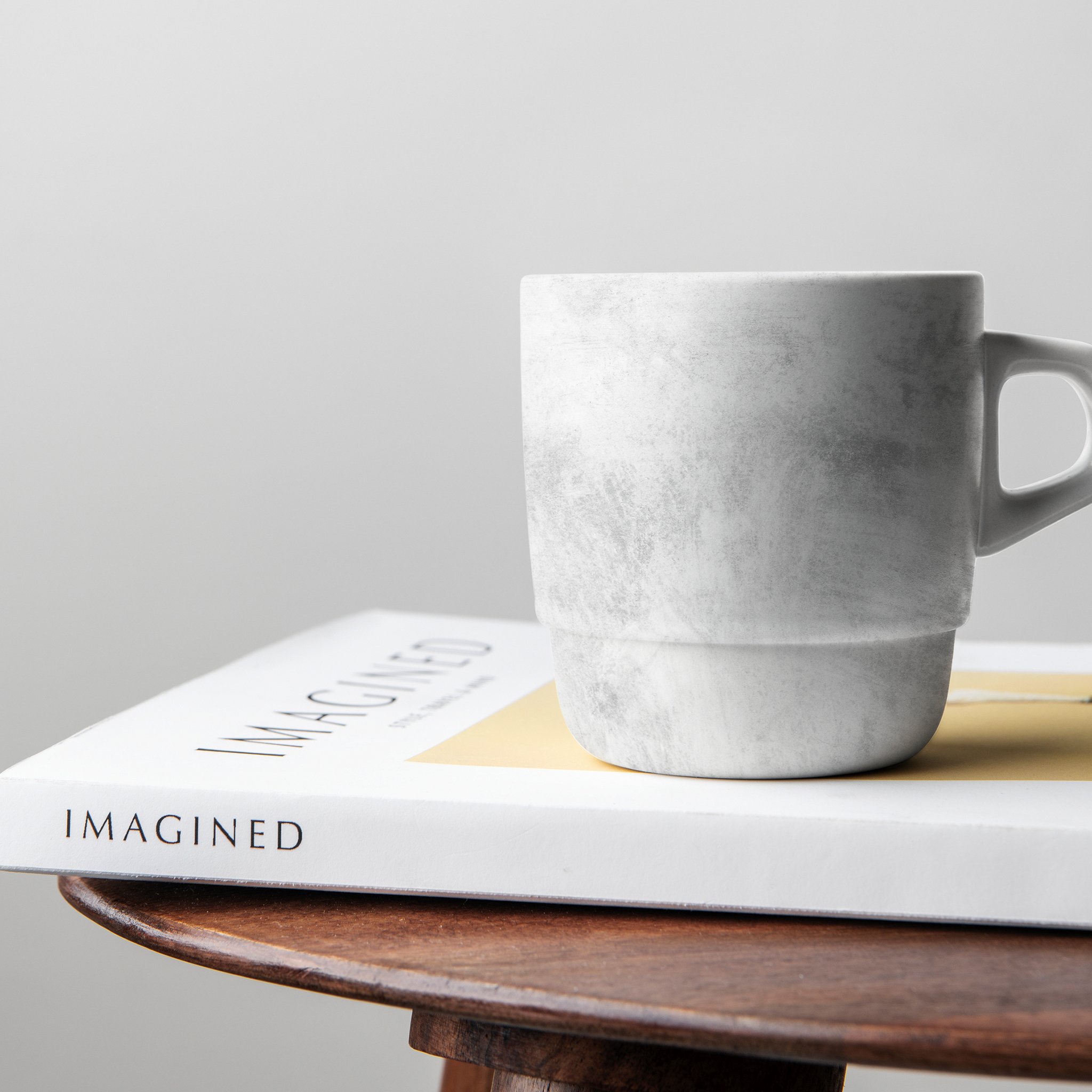Top 9 Podcasts for Interior Designers
/The thing about being an interior designer is that your work is never truly done, even after a project is completed. Staying current with the latest trends and networking with other industry professionals to share insights can be challenging, especially when time or energy is in short supply. And if you’re a solo entrepreneur, it can be a lonely road at times.
Luckily, there's something that can help with all of that: listening to a podcast. Whether you're on your morning walk or driving to a job site, podcasts provide a convenient way to relax and soak up knowledge from others in the field. With so many options out there, I've compiled a list of some picks, covering a range of topics from interior design to entrepreneurship and lifestyle. So keep your headphones handy and check out these design podcasts!
A quick note: Many of these podcasts are also available on their own website or other platforms such as Audible or iHeartRadio!
A Well-Designed Business
Hosted by LuAnn Nigara. EVERYONE KNOWS LUANN. Anyone who has ever asked me what podcast I recommend to help you grow a profitable and successful business … I tell them to listen to this podcast. I’ve learned a tremendous amount that has helped me grow Elite Design Assistants and I’m not a designer but an industry partner. Whether you are a new or seasoned designer, this podcast is excellent for continued education on best practices in the interior design industry. And if you are a craving more podcasts there are several more below!
Listen: The #1 Rated Interior Design Business Podcast - A Well-Designed Business® (luannnigara.com)
Monocle on Design
Hosted by Monocle's design editor, Nolan Giles, this podcast covers everything from architecture and furniture to product design and urban planning. Each episode features interviews with some of the most influential designers, thinkers, and innovators in the industry, providing valuable insights and perspectives on the latest trends and issues facing our field.
Listen: Spotify | Apple Podcasts
Design Time
While the most recent episode aired in December 2022, there is still a treasure trove of industry insight from the likes of Kelly Wearstler and Jonathan Adler. Hosted by the editors of Domino magazine, this podcast promises tricks and strategies for interior design and lifestyle, too!
Listen: Spotify | Apple Podcasts
Dark House
If you're looking for something thrilling to spice up your podcast queue, Dark House is a fascinating mashup of interior design, true crime, and even a bit of the paranormal. With guest interviews featuring authors, set designers, psychic mediums, and paranormal investigators, Dark House delves into the dark and mysterious histories behind a few of the most beautiful yet infamous homes around.
Listen: Spotify | Apple Podcasts
The Modern House
As an interior designer, you'll appreciate how this podcast features chats with not only interior designers, but also architects, fashion designers, editors, and other inspiring professionals with their own fresh takes. From discussing the latest trends in modern design to exploring the relationship between architecture and nature, this podcast is sure to inspire your own work.
Listen: Spotify | Apple Podcasts
Chairish
This podcast features interviews with a range of experts, including designers, influencers, and entrepreneurs. They share insights on the latest trends, best practices for running an interior design business, and how to navigate the world of online design. With practical tips and advice from seasoned professionals, Chairish is an excellent resource for those looking to stay on top of their game and take their businesses to the next level.
Listen: Spotify | Apple Podcasts
How to Decorate
As its name would suggest, this podcast features candid conversations with designers and industry professionals who share their tips and tricks for tackling a wide range of decorating challenges, from selecting paint colors to creating a cohesive design scheme. With a friendly and accessible approach, How to Decorate provides practical advice and inspiration for designers at all levels.
Listen: Spotify | Apple Podcasts
The Interior Design Business
Here is a monthly podcast from out of the UK, but you can benefit from a wealth of practical advice that applies to interior designers universally. Listen to practitioners and educators talk about topics like sustainability, home staging, and getting your business off the ground.
Listen: Spotify | Apple Podcasts
Clever
Here is a great resource for fellow interior designers looking to stay inspired and connected to the broader design community. Hosted by designer Amy Devers, "Clever" features interviews with leading designers, artists, and creatives from around the world. The podcast provides a fun and engaging platform for these creatives to share their unique perspectives and experiences on design, entrepreneurship, and creativity.
Listen: Spotify | Apple Podcasts
The Interior Collective
Looking for a fun and informative podcast that's all about the business of beautiful living? Then you'll definitely want to check out The Interior Collective. Hosted by Anastasia Casey from IDCO Studio, this podcast brings together some of the most influential names in the industry, including Shea McGee, Clara Jung, and Amber Lewis, to provide you with actionable advice that you can use to take your own practice to the next level.
Listen: Spotify | Apple Podcasts
If you haven't already joined the podcast wave, you’re about to find out that not only are they incredibly informative, but they're also incredibly addictive! Keep in mind that these are just the tip of the iceberg, and there are many more great design podcasts out there. So, take some time to explore and discover new podcasts to keep your design knowledge fresh and stay up-to-date with the latest industry trends. Happy listening!
xx, Danae
P.S. I have been on a few podcasts throughout the year. Check them out and let me know what you think!






